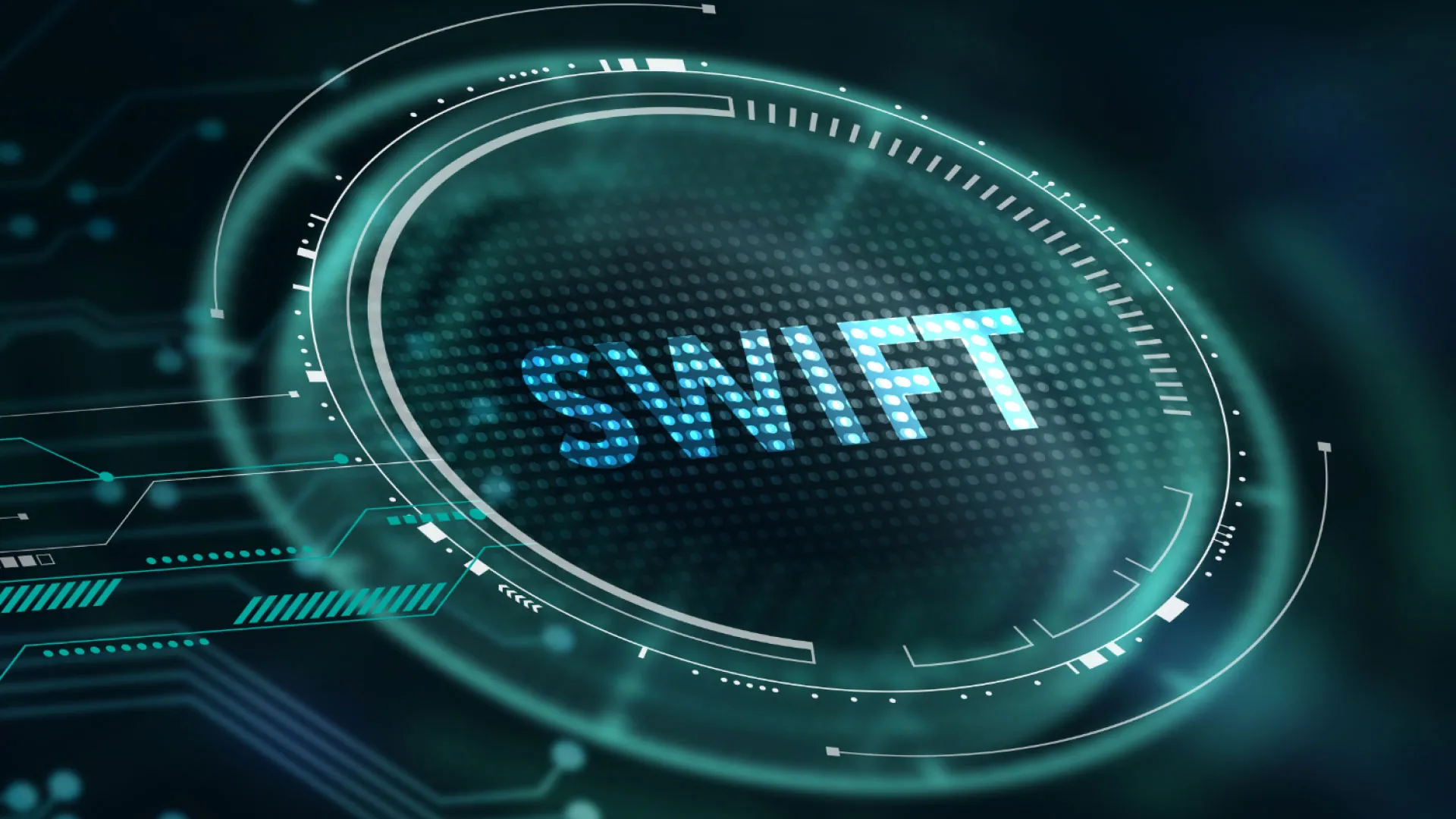What is SWIFT?
Ever wondered how your online purchase from a foreign retailer reaches you so smoothly? Or how banks around the world manage to transfer billions of dollars daily? The answer lies in a powerful network known as SWIFT.
SWIFT (Society for Worldwide Interbank Financial Telecommunication) is a global financial messaging network used by banks and financial institutions for secure, standardized worldwide communication and hence earning the qualifier of being the global backbone for secure and standardized communication. In fact, SWIFT is now used by more than 11,000 institutions across more than 200 countries.
Some Insights
Founded in 1973 as a cooperative of 239 banks aiming to replace Telex, the SWIFT network went live in 1977 with 518 member banks from 22 countries, processing 51,700 messages per day. By July 2016, daily message volume exceeded 25 million, and today, the network handles over 6 billion messages annually. This growth demonstrates SWIFT’s leading role in the evolution of global financial communication and its significance for international trade and financial markets around the world.
Payment Systems: A Quick Comparison
|
Payment System |
Time to Process |
Cost |
Currency |
International |
|
SEPA |
1 day |
Low |
Euros |
Yes |
|
SEPA Instant |
Instant |
Low |
Euros |
No |
|
BACS |
3 days |
Low |
GBP |
UK Only |
|
CHAPS |
Same day |
Higher cost |
GBP |
UK Only |
|
Swift |
1 – 5 days |
Higher cost |
Any currency |
Yes Over 200 Countries |
|
BRICS Pay |
Near-instant |
Low |
Local currencies |
Yes (within BRICS nations) |
The above table provides a general overview of different payment systems highlighting their key differences when it comes to global trade impact factors such as processing time, cost, currency and reach. SWIFT stands out as a key driver of global trade due to its extensive network and ability to process transactions in multiple currencies. While domestic systems like SEPA, BACS, and CHAPS are limited to specific currencies and regions, SWIFT’s global reach and standardized messaging system make it a preferred choice for international trade.
The Power of Standardization
SWIFT’s power lies in its standardized messaging services. These services are formatted with specific sections for essential data points like payment details or trade confirmations depending on the type of SWIFT employed. This unified language aims to eliminate confusion and streamlines data exchange between financial institutions.
Benefits of SWIFT for Global Trade:
- Reduced Processing Time: Standardized messages translate to faster processing, leading to quicker settlements and improved efficiency.
- Consistent Communication: SWIFT facilitates smooth communication between institutions.
- Reduced Costs and Risks: by standardizing processes and decreasing manual intervention
- Increased Transparency: Standardized data formats enhance transparency, for easier monitoring of international transactions.
- Global Reach and Security: SWIFT ‘s Global Reach provides an advantage over alternative payment systems, which may have limited geographical coverage and thus ensure secure cross-border transactions.
Beyond Messaging: Standards and Evolution
SWIFT goes beyond just messaging services. They actively develop and maintain international standards for financial messaging and reference data to cater for the financial institution’s needs. This includes crucial codes like BIC (Business Identifier Code) for identifying financial institutions, MIC (Market Identifier Code) for identifying exchanges, and LEI (Legal Entity Identifier) for regulatory reporting purposes, as well as creating new standards such as SWIFT GPI. SWIFT GPI is optimizing cross-border payments by speeding up transactions, increasing transparency by allowing clear and traceable follow-up, thus improving security. With over 270 financial institutions, GPI is already transforming global payments.
Summing up
While alternative payment systems are emerging, SWIFT’s extensive network reach, secure communication, and continuous evolution solidify its position as a crucial component of the future global financial infrastructure.

